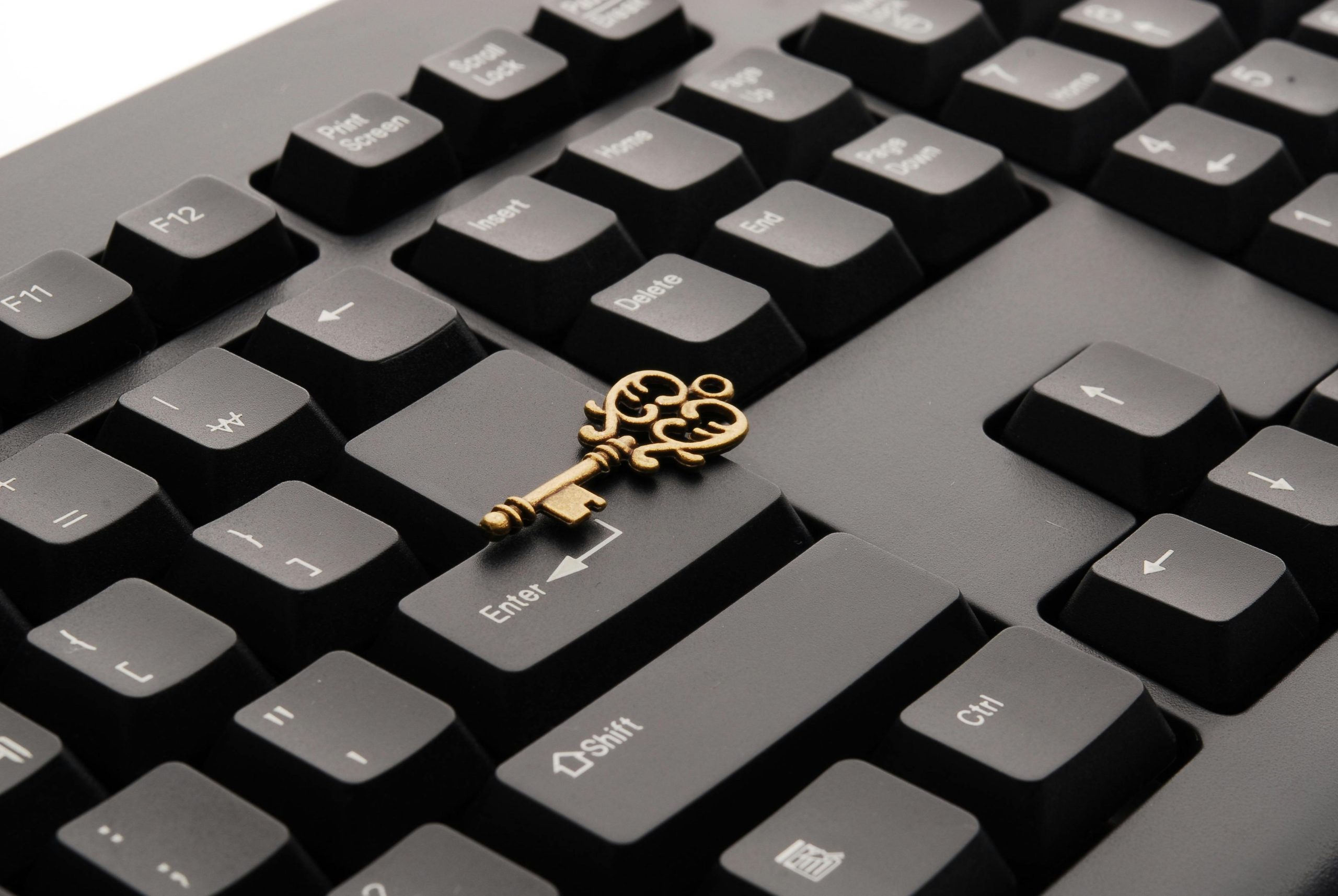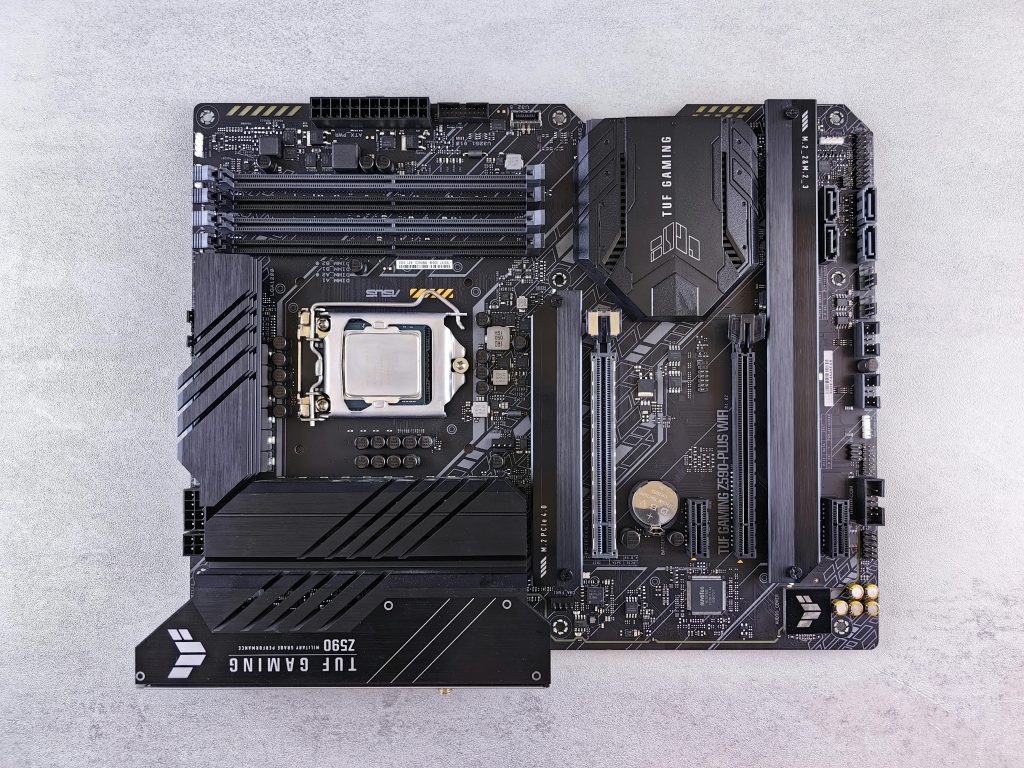Troubleshooting Data Access Issues After Installing an Old Hard Drive into a New PC
Performing hardware upgrades or replacements often leads to unexpected challenges, especially when attempting to recover data from older drives. If you’ve recently installed an old hard drive into a new PC and are unable to access your files, this guide will help you understand potential causes and provide step-by-step solutions to recover your data effectively.
Scenario Overview
Suppose you replaced a failing or non-functional PC with a different system, installed an existing HDD from the old setup, and now observe the following:
- The drive appears in Windows’ Disk Management with an increased total capacity, indicating the drive is recognized.
- The drive is designated as Drive D:, but the files you expect are not accessible.
- Only unfamiliar system and temporary files are visible.
- The drive shows about 917 GB of used space out of roughly 931 GB total.
Common Causes and Potential Solutions
Several factors might be preventing access to your files:
- Ownership and Permissions Issues
Files created under a different user profile or operating system account might restrict access due to ownership permissions.
Solution:
– Right-click on the drive or specific folders/files, select Properties, then navigate to Security tab.
– Click Advanced and change ownership to your current user account.
– Ensure you grant your user full control permissions to access the files.
- Drive Letter and Path Conflicts
Sometimes, the drive may not have a proper drive letter assigned, which can prevent visibility of files.
Solution:
– Open Disk Management (diskmgmt.msc).
– Locate your drive, right-click on it, and select Change Drive Letter and Paths.
– Assign a new drive letter and confirm.
- Partition Visibility Issues
The data might reside on a hidden or unmounted partition.
Solution:
– In Disk Management, check if all partitions are marked as healthy and have assigned drive letters.
– If partitions are missing or unallocated, use data recovery tools to investigate further.
- File System Compatibility or Corruption
If the old drive uses a different file system (like NTFS, FAT32, or even an older version), or if the partition is corrupted, access issues may occur.
Solution:
– Use data recovery software such as Recuva, EaseUS Data Recovery Wizard,
Share this content:



